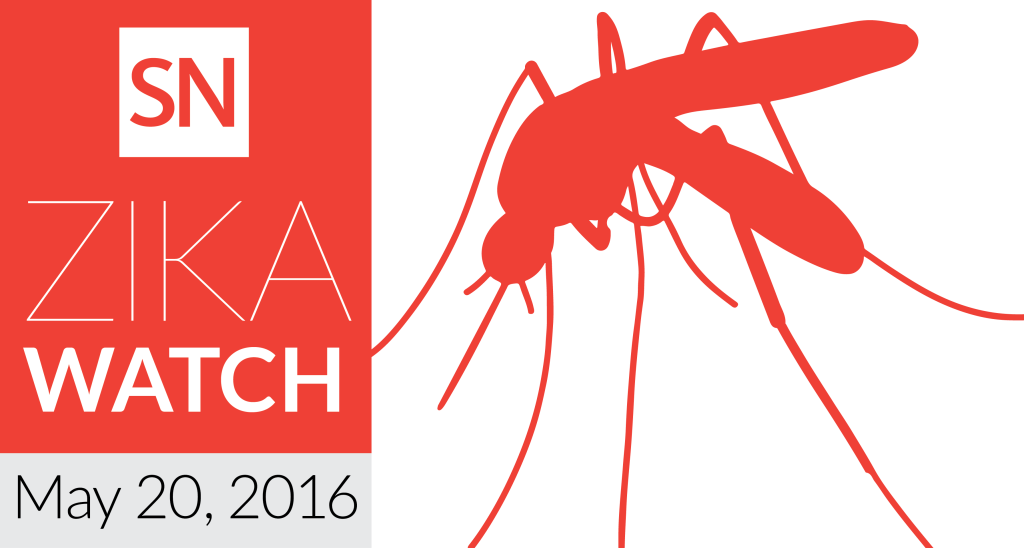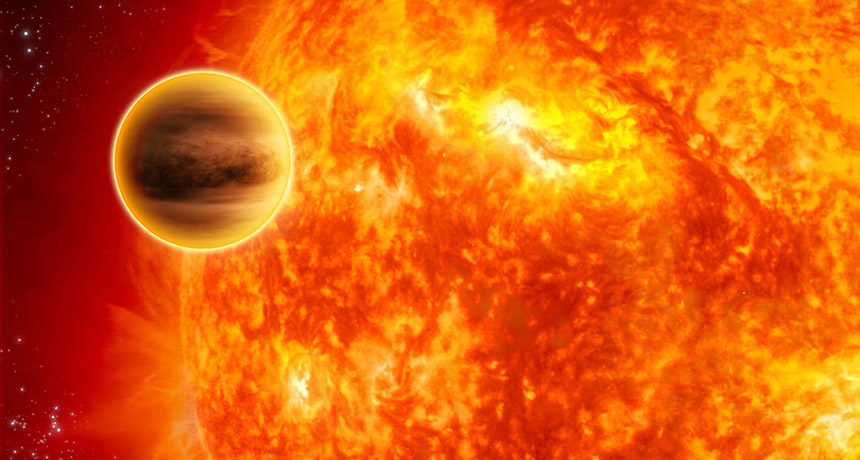Early work on human growth hormone paved way for synthetic versions

Growth hormone mapped — Discovery of the complete chemical structure of the human growth hormone has been reported…. The discovery marks a major advance toward understanding how the powerful growth-promoting substance works and increases the chances for its eventual synthesis in the laboratory…. Some 5,000 fresh human pituitary glands were required to achieve the results.
— Science News, May 21, 1966
Update
In 1979, researchers produced a synthetic human growth hormone in the lab, using bacteria equipped with human hormone genes. Six years later, the synthetic growth hormone was approved for medical use; distribution of growth hormone collected from human pituitary glands had been halted after infected product was linked to Creutzfeldt-Jakob disease, a fatal brain-wasting disorder. Today, doctors use synthetic growth hormone to treat growth hormone deficiency, which can stunt growth in children. Because synthetic growth hormone can build muscle and trim body fat, it is prohibited as a doping agent by many sports organizations.

